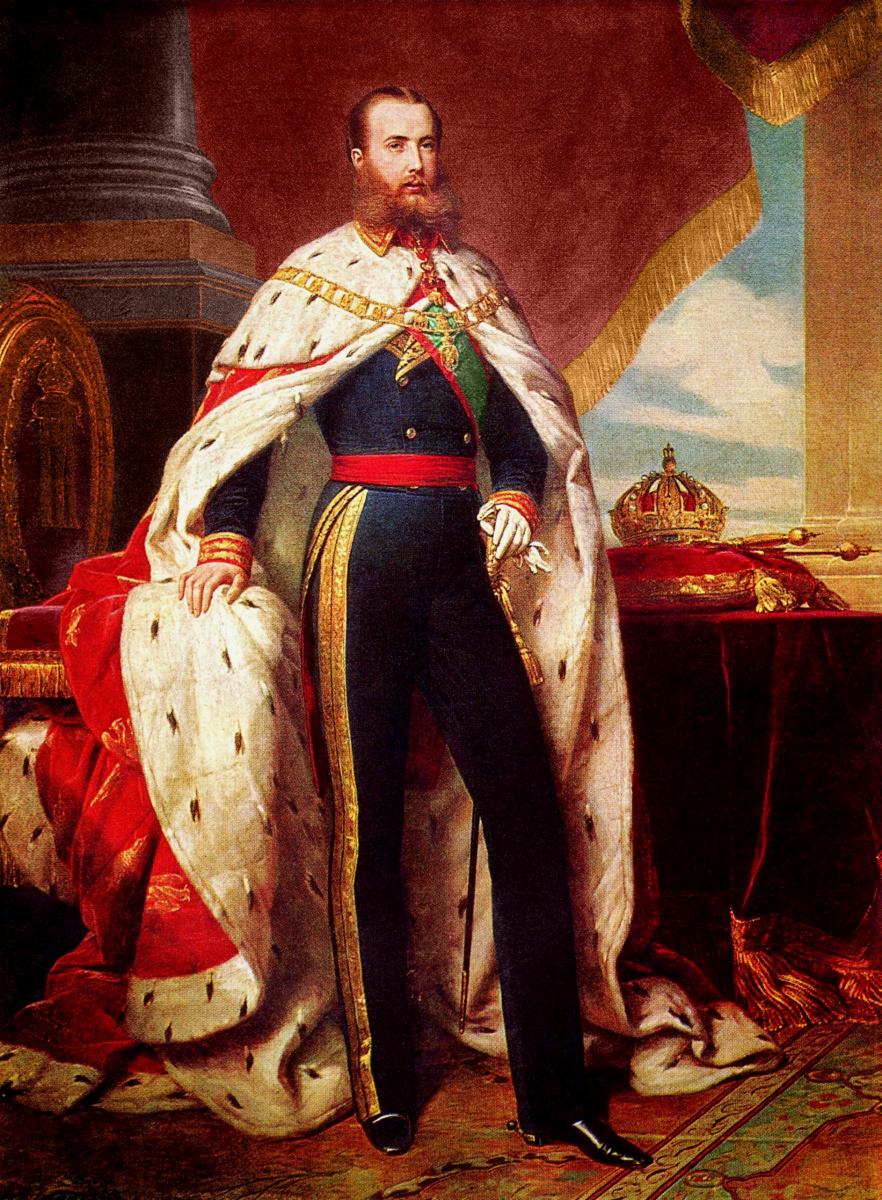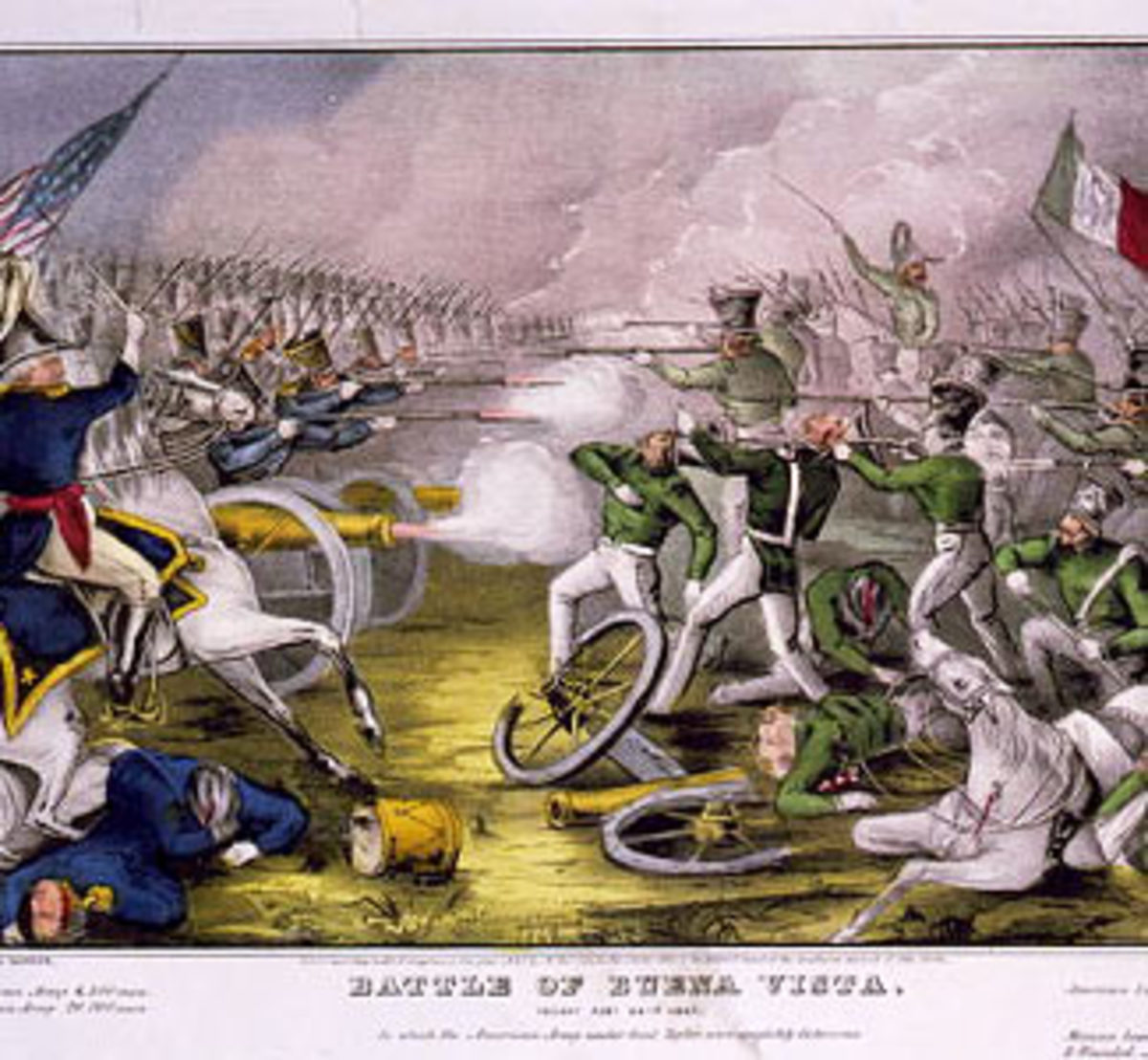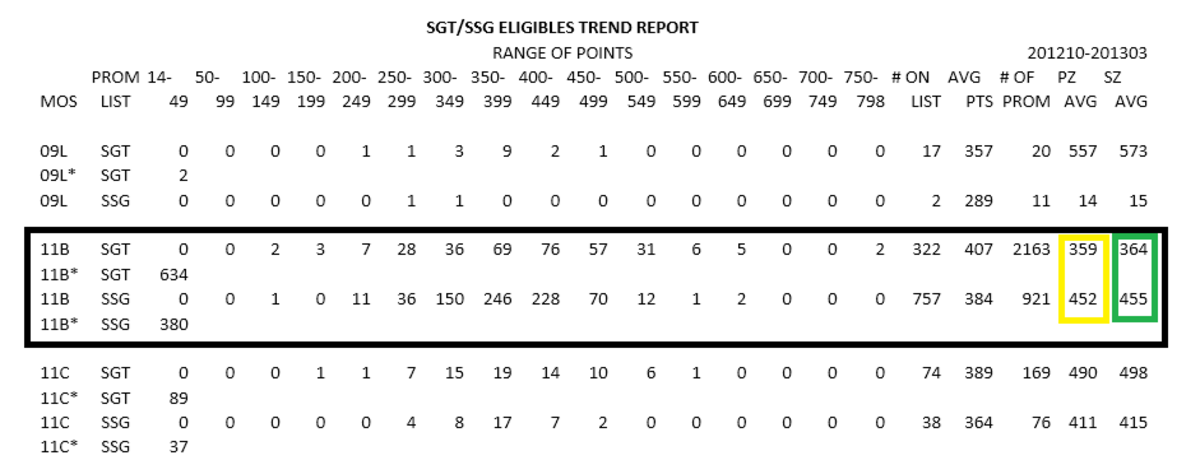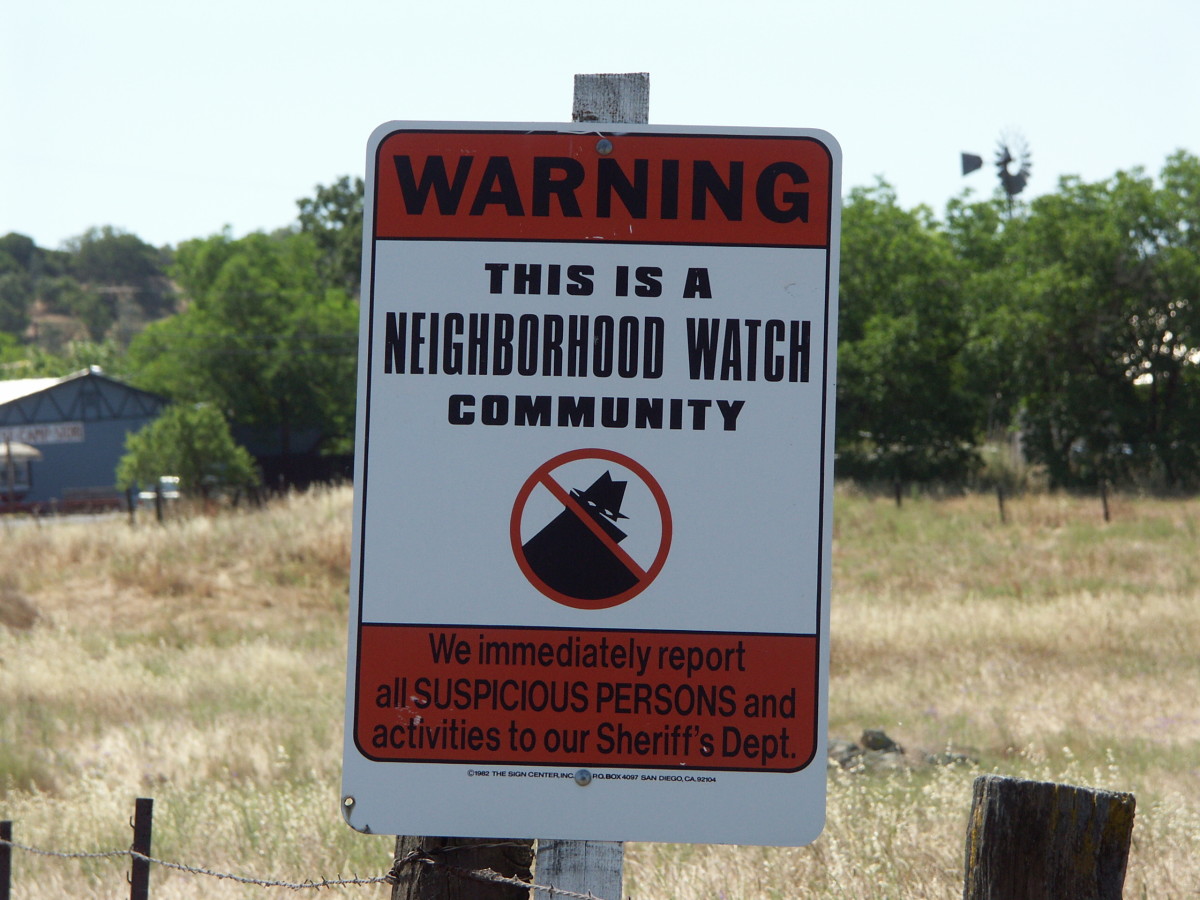The Mexican Bracero Helped Build the United States Into a Great Nation
Mexicans Have Long Memories!

They deserve better than the title "Beaners."
The Mexican Bracero Helped Build the United States.
Sometimes you love 'em; sometimes you don't. Sometimes you lay down the red carpet and hang out the flags of unity, sometimes you spurn them and their labor and build walls to keep them away. And always you live on much of a continent of land that was once theirs’ until it was virtually stolen by shrewd politicking and settlement.
I am sure you are with me now and realize the protagonists within this article are the Mexicans, trying to return to a country that was once, in part, theirs anyway.
Texas broke away from Mexico in 1836, precipitating events which led to the US-Mexican War in 1848 and the loss by the losers - Mexico - of a huge territory which has since become Arizona, California, New Mexico, Nevada, Utah and some of Colorado. That was some land-grab, folks, and many Mexicans are still infuriated by it, blaming their leaders as well as those north of the border.
Many of the larger towns and cities throughout this "new" territory have grown onwards and upwards from what were once Mexican forts (presidios) or haciendas (huge ranches).
The first city to be founded by Mexico was Santa Fe, taking over from the Indians who had lived here for hundreds of years.
Before the territory passed into US hands, Mexican skilled laborers: cowboys, craftsmen, field-workers, manual laborers, had been attracted from the poor south of Mexico to come and work in the north of what was then a huge nation. After the US took over, this flow of labor ceased for some years until North America began the enormous task of constructing the railroads. This began a need for Mexican labor again and thousands joined the effort, many staying on and spending their lives on this mammoth undertaking.
As the rail spread, more and more US citizens flooded in to start ranches and begin to build towns and cities which encouraged more Mexicans to come and work on the land allowing the "whites" to be the foremen and imperious, wealthy owners.
In Hollywood movies, the Mexicans are alway the bandits while the cowpokes are usually white (not Mexican nor Negro). In real life, the reverse is closer to the truth.
The world-wide demand for produce increased during the 1914-1918 WW1 and there were about 500,000 legal Mexican workers in the US at this time helping to supply the demand.
It was not until 1921 that full regulation of these migratory workers was began as Washington put in place the Border Patrols and established immigration quotas. However, the braceros, or "arms" of Mexican's rural workers were exempted from the quotas at first. North Americans cried out for the humble, hard-working and resilient peons ("peasants," not a derogatory term in Mexico), advertising for them and sending agents into their side of the border recruiting help. All and Mexican had to do to live and work in the US back then was to cross the border and pay a small "head tax."
The euphoria ended when the Great American Depression struck in 1928. Puzzled Mexican workers began to be deported in their thousands and the tide heading north for seasonal work began to run into border control turning them back into Mexico.
However, the sham perpetrated upon these simple workers: field workers, laborers, maids and helpers, needed wherever paying little in an hourly wage was of prime importance, was rather similar to the “push-me-pull-you” of Doolittle fame. Although the local and national administrations made every effort to keep the Mexicans out, many farmers and householders in the large cities - as far away as Chicago! - desperately needed their tried, true and cheap helpers from down south. In fact, this situation remains little changed right up to 2011, although it has become very difficult for the workers to cross the border nowadays, thanks to patrols, walls and electronic location, etc.
When WW2 broke out, the demand for all kinds of American products soared again: food, munitions, shipping (such as the Liberty boats) and all the rest. Again Mexicans were welcome up north and actively sought.
In 1942, Congress again signed a formal agreement - the International Agreement of Migratory Workers - which would allow certain Mexican agricultural workers - the Braceros - legal seasonal work.
For the next more than 20 years, until the bracero program was closed, close to 5 MILLION legal Mexican workers were allowed to enter the US, accompanied by thousands of illegal workers: like some exotic birds which habitually follow the same migratory paths Millennium after Millennium.
This established the unique tradition still followed today.
In the eyes on many North Americans, the braceros and others are seen as some kind of plague, taking work from Americans; being involved with drugs and forming gangs (a myth in most cases).
In the eyes of Mexicans, getting over the border by any means is fair game and most south of the border at any level are sympathetic and will help where they can. Unfortunately, unscrupulous crooks among their own people exploit many illegals with false promises to “Get them to LA,” etc. (“Coyotes“).
Apart from the occasional sociopath, US Border Officers - most from Hispanic backgrounds and many whose parents and grandparents settled in the US without official sanction - treat the illegal tide with formal kindness, feeding them and providing transport to points south. From there, most turn around and head north again, the philosophy being if you try enough times you’ll win the game.
Once over the border and reaching one of the cities, the illegal’s soon find help getting ID’s and work, one of the reasons the whole of this vast area has become more and more oriented towards Mexico and the Spanish language.
In 1986, a law was passed granting amnesty to some 3 million Mexicans living illegally in the US and allowing them to apply for permanent residence and citizenship. An eminently sensible solution for some and another is due.
History tells us that the scare-mongering by the press in the US, inflaming people who had no real idea of the situation, to come out against Mexicans, who they called “Beaners,” (maybe many obese North Americans should eat more beans and less Big Mac’s!) is completely the reverse of the truth which is that the millions of Mexicans who came to the US since 1850 or so did so with the encouragement of American employees. A huge part of the praise for building the US into the great nation it has become belongs to these humble and generally underpaid workers, the BRACEROS
VIVA MEXICO!





